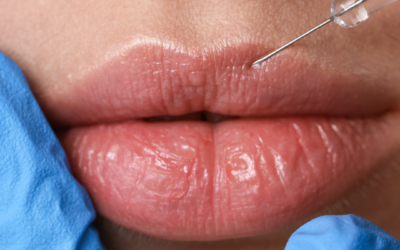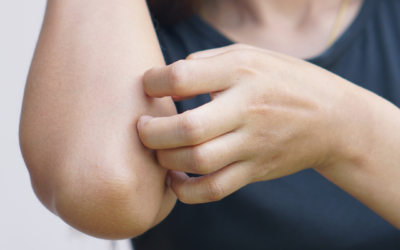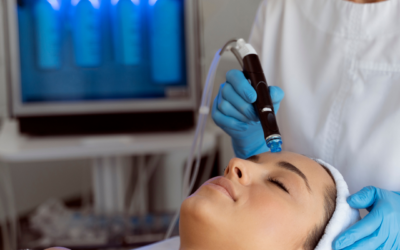
When outside temperatures tumble below the freezing mark and wind chills dip into the negative numbers, frostbite can happen within minutes. As the vessels in your skin constrict due to the cold, they allow less warm blood to the area. It does not need to be below zero outside to develop frostbite. There are many things that increase the risk of developing frost bite. Some of the common risk factors are a history of poor circulation, certain medications, alcohol consumption, smoking, not being properly dressed, and skin exposed to the wind and water.
Symptoms of Frostbite
Knowing the signs of frostbite is critical to understanding when you need to turn around and head back home. More often than not, your fingers, toes, ears, cheeks, and nose are the first places to be affected.
The initial sign that frostbite is beginning to occur is numbness and tingling on your skin. If ignored, your body will continue to move through the three stages of frostbite.
Stage 1: Superficial Frostbite
This is the 1st degree of frostbite, also known as frost nip. This form of frostbite may appear as white, waxy, cold skin. After rewarming the affected area with warm water, the frostbitten area may turn red and peel – comparable to a sunburn.
Stage 2: Partial-thickness Frostbite
This is the 2nd degree of frostbite that may be numb and feel hard to the touch. Your skin may even stay indented after being poked.
Stage 3: Full-thickness Frostbite
This is the 3rd degree of frostbite and considered the most severe case. Your skin tissue may appear white and frozen solid, but will later die and turn black.
Prevention and Treatment
The best form of prevention is dressing appropriately for the current, and predicted, temperatures. If you must be outside in the cold, it is important to dress defensively in the frigid weather. Make sure to cover up as much skin as possible. Stay alert and monitor how your skin feels.
If you have signs of minor frostbite, get into a warm room as soon as possible. If the frostbite is affecting your feet or toes, do not continue to walk as it may cause further damage. Immerse the affected area in warm – not hot – water. Be sure to check the water temperature with a part of your body not affected by frostbite to make sure it’s not too hot. Lastly, do not use a heating pad, heat lamp, or heat from a wood stove or fireplace to warm up. Affected areas are numb and can easily burn.
If you are experiencing severe frostbite it is important to immediately seek immediate medical attention. Severe frostbite can result in infection, permanent nerve damage, and tissue death.
Skin Struggles?
At Forefront Dermatology, we know that life is all about the moments when you don’t need us. That’s why we’re here for all the moments when you do. We offer comprehensive and compassionate care for all skin conditions and create customized treatment plans for all ages – even the tiniest of patients! Find a location near you today.





